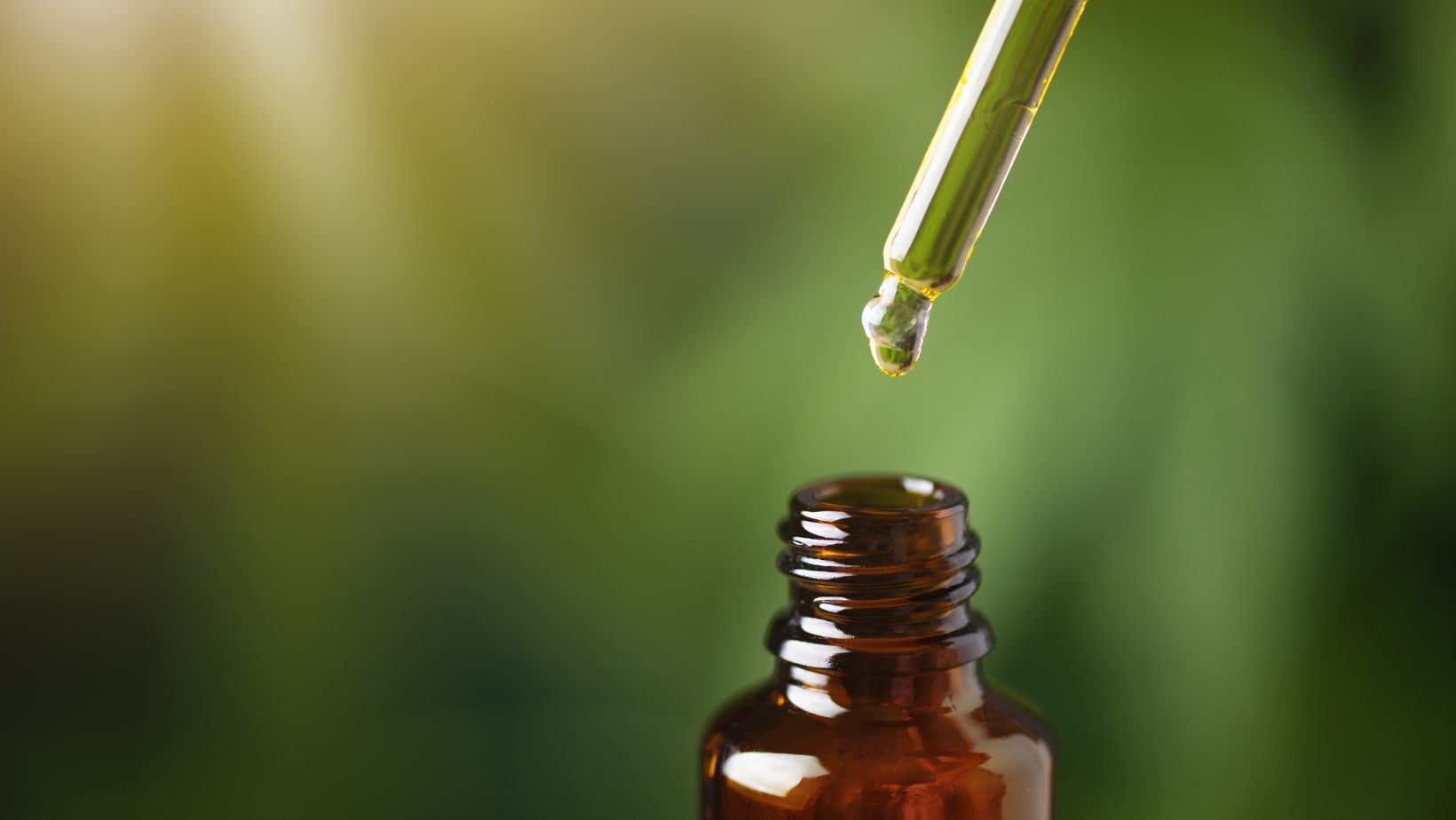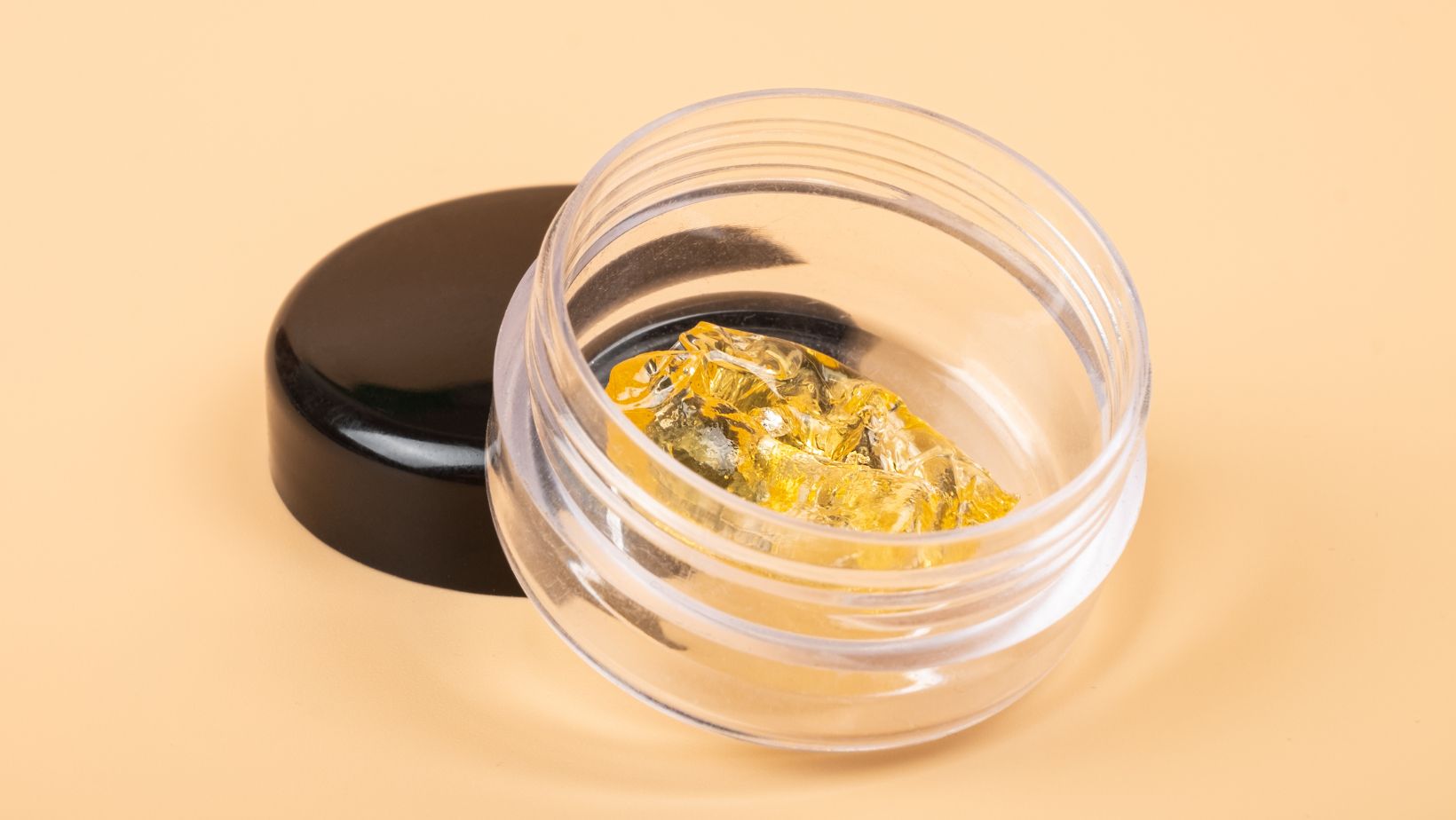
Millions of people worldwide suffer from chronic nonmalignant pain, which can greatly affect quality of life and healthcare costs. Traditional treatments like opioids have disadvantages such as tolerance and addiction. Yet, recent studies suggest cannabis extracts could offer relief.
Explore how “finest extracts online Canada” can be used for medical and recreational purposes. A review conducted confirms the effectiveness of medical cannabis for managing chronic nonmalignant pain.
Key Points
- Medical cannabis offers effective pain relief.
- Recent research highlights the broad applications of medical cannabis beyond cancer, including managing chronic pain, headaches, migraines, and psychological disorders like anxiety and PTSD.
- Key compounds like THC and CBD target symptoms by reducing pain sensation and frequency through the endocannabinoid system.
Recent Overview Findings
Chronic pain is a major reason adults seek medical help due to its negative effects on life quality, mental health, and opioid dependence risk.
In 2019, about 20.4% of American adults had chronic pain, with 7.4% experiencing high-impact chronic pain. Scholars confirmed that:
- Females and adults aged 65 and older reported the highest rates of chronic pain.
- Non-Hispanic adults had higher rates of chronic pain compared to Hispanic and non-Hispanic Black/Asian adults.
Many patients use medications like NSAIDs or opioids for relief, but these can have harmful effects with prolonged use. Studies have explored cannabis as an alternative for chronic pain relief.
Thus, the review aims to show the advantages, uses, types, and drawbacks of using cannabis for chronic pain management and compare it with opioids for a better treatment plan.
With 77 carefully selected studies, it has been shown that medical cannabis offers effective pain relief.
| Study Participants | Main Findings | Study Participants | Main Findings |
| 214 Patients |
|
214 Patients |
|
| Fibromyalgia Patients in Canada |
|
Fibromyalgia Patients in Canada |
|
| 757 Participants |
|
757 Participants |
|
| Chronic Pain Patients |
|
Chronic Pain Patients |
|
| 1,202 Participants |
|
1,202 Participants |
|
| 125 Patients |
|
125 Patients |
|
Cannabis Extracts and Chronic Nonmalignant Pain
Unlike other concentrates, cannabis extracts are made solely using a solvent. The extraction process involves combining cannabis with a solvent to strip away cannabinoids from the plant material. After separating the plant matter from the solvent, the solvent evaporates, which leaves a concentrated mass of cannabinoids.
Types of Cannabis Extracts
- Crumble: Dry and crumbly in texture.
- Wax: Sticky and stretchy.
- Shatter: Brittle and easily snapped.
- Budder: Whipped to a butter-like consistency, usually made with butane.
Extraction Process
- Live Resin: Extracted from fresh, raw plants.
- ISO Hash: Made using isopropyl alcohol or ethanol.
- Butane Hash Oil (BHO): Made with butane as the solvent.
- CO2 Oil: Extracted using compressed CO2.
- Tincture: Uses alcohol to pull out cannabinoids, creating a potent concentrate.
Properties of Cannabis Extracts
Cannabis contains compounds called cannabinoids like THC and CBD. These interact with the body’s endocannabinoid system, which does the following:
- Pain Relief: Cannabis extracts have been found to relieve chronic nonmalignant pain.
- Anti-inflammatory: Cannabinoids have anti-inflammatory properties, reducing inflammation in conditions like arthritis.

- Neuroprotection: Some cannabinoids protect nerves, potentially reducing pain sensation and preventing damage.
How to Use Cannabis Extracts?
Most cannabis extracts are consumed through dabbing. This involves heating a dab rig nail with a torch and placing a chunk of extract on the hot surface to vaporize it. Users then inhale the vapour through a water pipe. Alternatively, edible or drinkable extracts like tinctures can be eaten, drunk, or taken sublingually under the tongue.
Cannabis Extracts vs. Opioids
Opioids have long been used to manage chronic pain but come with serious risks, including overdose. Cannabis extracts are being explored as a safer alternative.
Studies Findings
- Cannabinoids are as effective as opioids in pain relief.
- Cannabis use was associated with lower odds of opioid use.
- THC is slightly less or more effective than codeine in controlling pain.
- Medical cannabis reduced opioid use by 64% in subjects, which improves the quality of life.
- After 6 months of cannabinoid use, severe pain decreased significantly, and opioid use ceased in 36% of patients.
Opioids have greater risky effects than cannabinoids, including constipation, nausea, and respiratory depression. Cannabinoids may cause temporary side effects like vomiting but are tolerated. However, THC, a psychoactive component of cannabis, has been linked to various health risks, especially during pregnancy.
Finest Extracts Online Canada
| Attribute | Captain’s Pink Hash | Mazar Sharif Hash | Moroccan MTV Hash |
| Origin | Domestically made | Imported from Afghanistan | Morocco |
| Texture | Malleable and easy to work with. | Soft, dark, and dense. | Soft and dark |
| Effects | General sense of well-being and light buzz. | Sedative, potent, and relaxing. | Potent and concentrated |
| Ideal Usage | Pain relief | Special occasions and relaxation | Potent effects |
| Flavour | Hybrid with a mild flavour | Mild spice taste with chocolate mint-spice aroma. | Mild flavour |
| Potency | Moderate potency | Excellent potency levels | Considerably potent |
Conclusion
While medications like NSAIDs or opioids are commonly used to alleviate this pain, long-term use can lead to negative health effects. Cannabis has been explored as an option to treat chronic pain, with some patients finding relief through its consumption. Doctors should carefully check why a patient needs cannabis before prescribing it.
Evaluate patients about their cannabis use to decide if it’s the right medicine or if other pain treatments are better for their care. Discover more about how cannabis can complement your pain management strategy by visiting GrassLife.
Frequently Asked Questions
Which cannabis strain works better for pain?
Indica-Dominant Strains
They have relaxing and sedating effects, which makes them effective for pain management and improving sleep. When using these strains, users feel deeply relaxed and relieved from chronic discomfort. This eases muscle tension and promotes a sense of calmness.

Sativa-Dominant Strains
They’re described as more energizing and uplifting. While they may not induce as much sedation as Indica strains, they can still relieve pain by boosting mood and enhancing focus..
Can I use cannabis extracts alongside other pain medications?
Consult with a healthcare provider before mixing cannabis extracts with other pain medications, as they may interact with each other. Cannabis extracts can increase the effects of certain medications, such as opioids or benzodiazepines. This can result in increased sedation or respiratory depression. Your healthcare provider can help you determine the safest and most effective treatment plan for your pain management needs.
How do I dose cannabis extracts?
The exact dose can vary widely depending on the type of extract, your tolerance, and the desired effect. A dose as small as one-tenth of a gram (0.1g) or even less for highly concentrated extracts may be sufficient for beginners.
Wait and see how you feel before taking more, as the effects can take time to manifest fully, especially with edibles or oils. Adjust your dose gradually based on your experiences. For precise dosing, consider consulting with a healthcare professional familiar with cannabis use.










